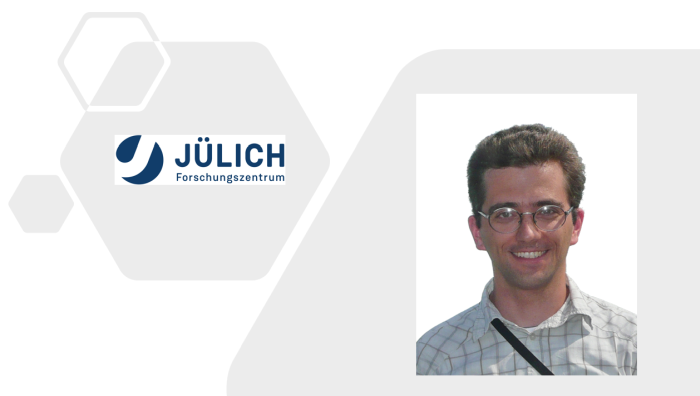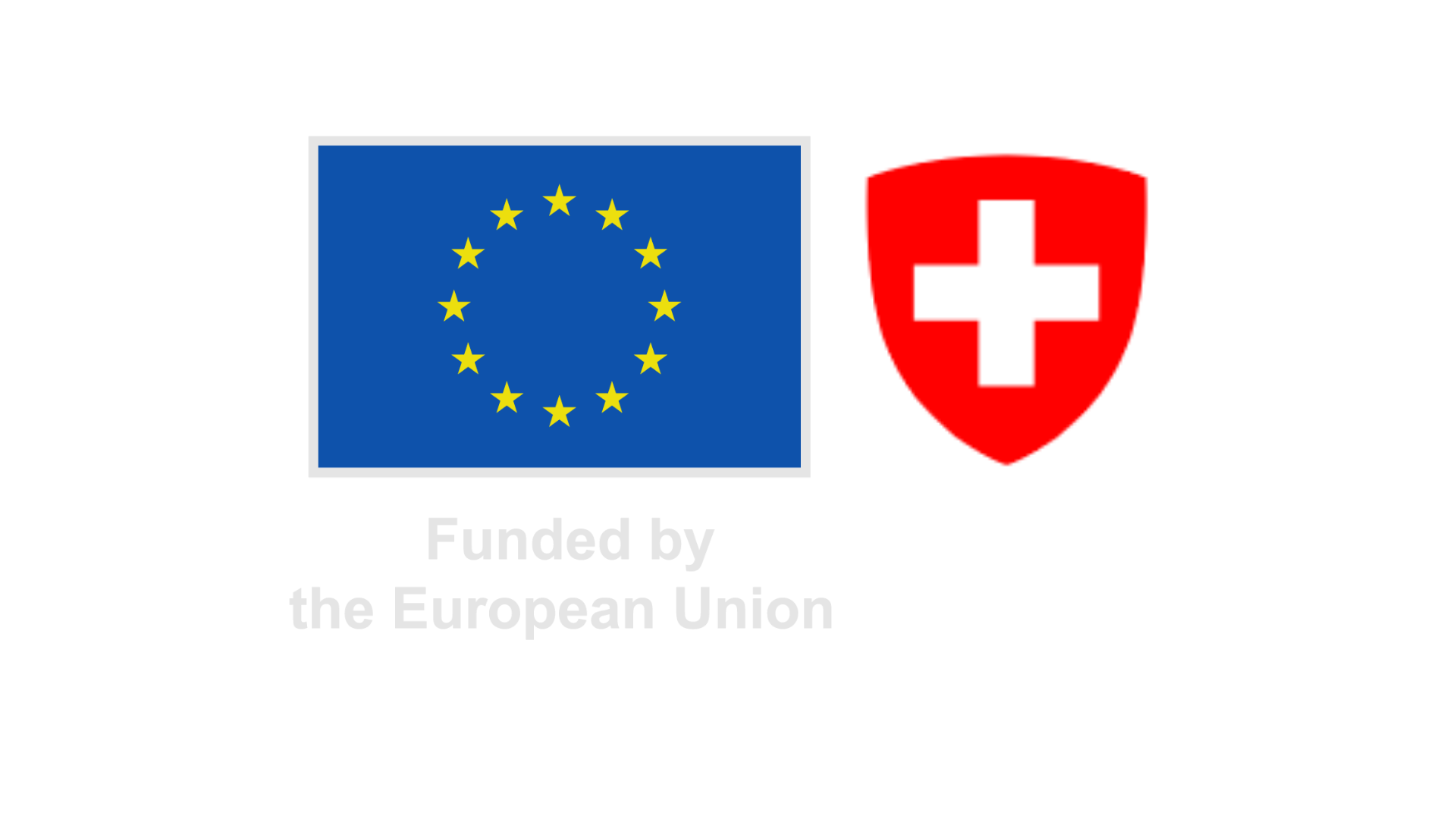Get to know Kartsen Bittkau from Forschungszentrum Jülich | Coordinator of the SiLEAN Project
I was born and grown up in the city of Hamburg, Germany. After finishing my study in physics, I worked during my PhD on many-particle effects and collective excitations in low-dimensional electron systems in semiconductors. Afterwards, I started my work at FZJ as a post-doctoral researcher in the field of nanophotonics in thin-film silicon solar cells. Later, I switched to the research team working on silicon heterojunction solar cells. During my time, I was involved in a couple of national and European projects.
What was your original motivation to become a researcher?
Already as a small kid, curiosity was an important driving force, always asking myself why things are happening as they happen. This somehow raised my interests in astronomy and the big bang, which brought such a young brain to its limit. Nevertheless, it initiated enough fascination to start my study of physics. Even though curiosity always had such a strong power, I realized that this is not the only aspect. Besides the question why things are happening as they happen, I was furthermore motivated by the question why am I working for this and for what may it be useful? This led my interests towards renewable energy, in particular solar cells.
What is your (main) research area today?
At FZJ, I’m working at the Institute of Energy Materials and Devices (IMD-3) – Photovoltaics in the department “Silicon Heterojunction Solar Cells and Modules”. I’m responsible for characterization and simulation of SHJ solar cells, supervising students and supporting project collaborations. The focus is on the development of novel layer architectures for SHJ solar cells as well as the development of perovskite/silicon tandem solar cells.
What is the main objective of your team in SiLEAN?
Our team will develop passivation layers based on silicon-carbide and indium-free contact layers. The purpose is the improve optical performance of the solar cells by the more transparent silicon-carbide as compared to amorphous silicon, as well as to get rid of indium in the transparent conductive oxide (TCO) contact layers, which scarcity will limit the production capacity of the SHJ technology.
What expertise and facilities does your team have to meet those objectives?
For the silicon-carbide topic, we already developed and implemented silicon-carbide layers in silicon solar cells on small size test solar cells, showing efficiencies around 24%. We also have a lot of experience in the fabrication of SHJ solar cells on industrially sized wafers. We’re very optimistic to combine our expertise in material and process development for silicon carbide and the large area SHJ solar cell technology.
For the indium-free TCO, we already developed a couple of alternatives to state-of-the-are indium tin oxide (ITO), some of which are indium free. Normally, all those layers are deposited by sputtering, which causes a damage to the passivation of the silicon surface. Therefore, our approach is to develop a process to deposit zinc oxide by plasma-enhanced chemical vapor deposition (PECVD). This new chamber is installed to an existing PECVD cluster tool on which we have a huge experience.
Which aspects of your research at SiLEAN do you believe are the most innovative and what unique opportunities offer SiLEAN to yourself and/or your organisation?
SiLEAN is bringing innovation to every part of the SHJ solar cells architecture, starting from the epitaxially grown wafers with advanced surface texturing, following by novel approaches for surface passivation and finalizing with novel contacting and interconnection approaches. Our research institute is actively involved in the passivation and contact layer developments. We see the interaction between the different aspects as the most innovative work, therefore, the strong collaboration between the partners is a very big opportunity for all.
How do you see the future use of the SiLEAN results and the impact of SiLEAN project in our daily lives?
There are two main successor technologies for currently dominating PERC technology: SHJ and TOPCon. The big advantage of TOPCon is that existing PERC manufacturing lines can be easily upgraded to TOPCon, whereas SHJ require a more or less completely new line. In case of the construction of a new line from the scratch, SHJ technology has the big advantage to be leaner, therefore cheaper, and providing slightly higher efficiencies as compared to TOPCon. Therefore, the SHJ technology is a favorite choice for the reinforcement of European PV manufacturing. SiLEAN project is developing an even leaner manufacturing and also developing alternatives to scarce materials (Indium, silver, bismuth), which might be showstoppers in terms of upscaling capacity. Therefore, in particular by having a European SHJ solar module producer as partner, the SiLEAN project will foster the reinforcement of European PV manufacturing industry, resulting in much more resilient energy supply and lower environmental impact.


